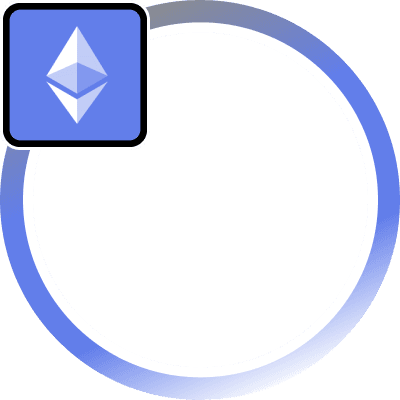Overview
Bubblemaps is an innovative blockchain analytics tool designed to provide a clear visual representation of token ownership and distribution. Unlike traditional charts and data tables, Bubblemaps showcases data using interconnected bubbles, simplifying the process of understanding complex token flows and relationships.
Purpose and Functionality
The tool’s primary function is to help users identify potential red flags such as circular ownership, large whale concentrations, and hidden connections in token distribution. By offering an interactive and intuitive interface, Bubblemaps enhances transparency and allows both casual users and experts to gain meaningful insights without delving into raw data.
Bubblemaps integrates with multiple blockchain ecosystems, making it versatile for users interested in different networks. This integration supports the analysis of various tokens across platforms, benefiting projects that aim to monitor token allocation or inform their community about holdings transparently.
Use Cases
Bubblemaps is valuable for different stakeholders, including:
- Investors: To assess the safety and health of token projects by identifying risky patterns like token hoarding.
- Developers: For monitoring token distribution to ensure fair and non-manipulated distribution metrics.
- Researchers: To study the behavior of token movements within networks and identify unusual activity.
Key Features
- Interactive Visuals: Easy-to-navigate graphs that display token allocations through bubbles linked by ownership paths.
- Multi-Chain Support: Compatibility with popular blockchains such as Ethereum, Binance Smart Chain, and others.
- Real-Time Analysis: Updated insights based on current blockchain data, allowing for timely decision-making.
- User-Friendly Interface: Simplifies complex blockchain data into digestible visual representations.
Impact on Blockchain Analytics
Bubblemaps contributes significantly to blockchain transparency and accountability. By revealing ownership structures in a visual format, it empowers users to make more informed decisions and adds a layer of trustworthiness in token project evaluations.





